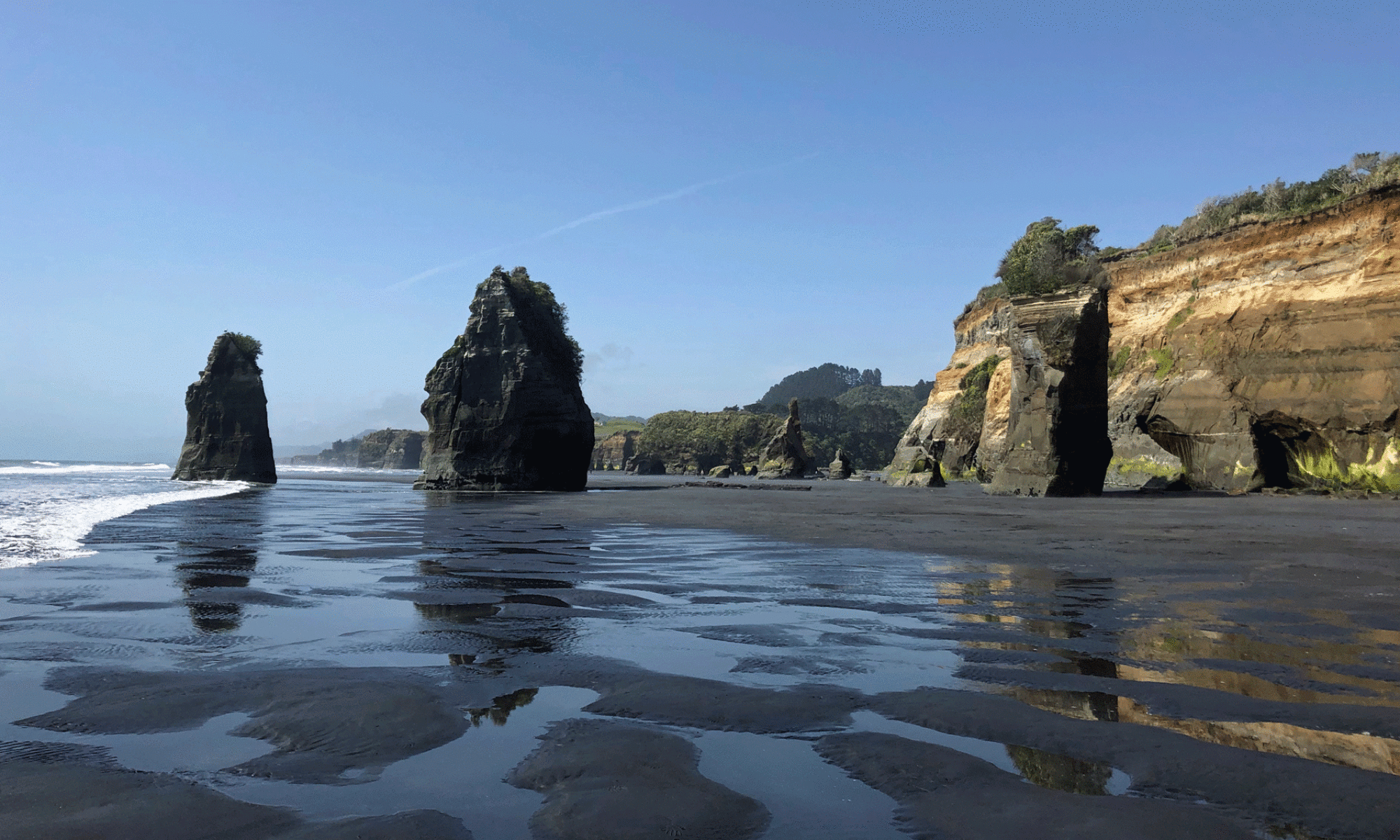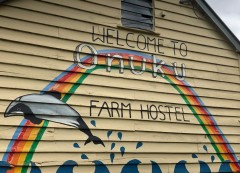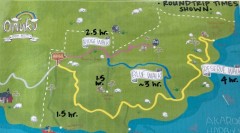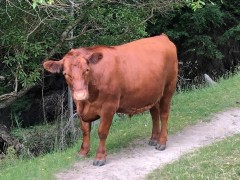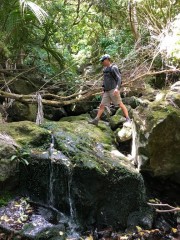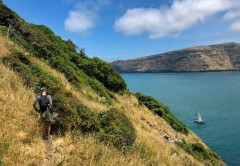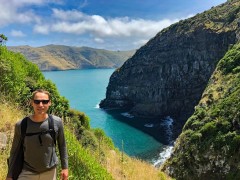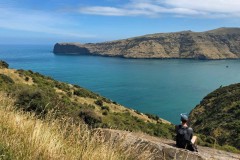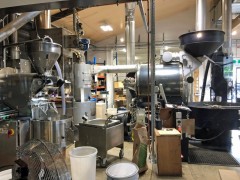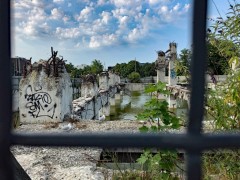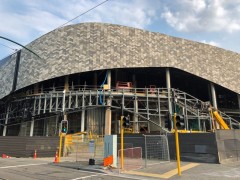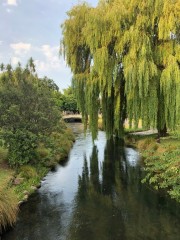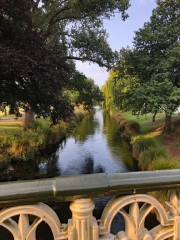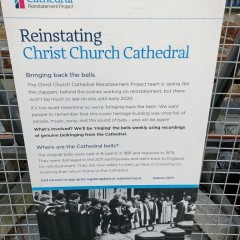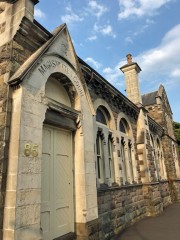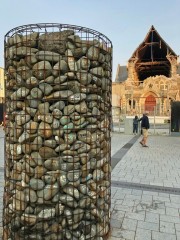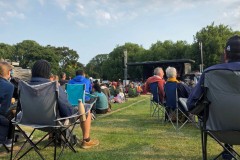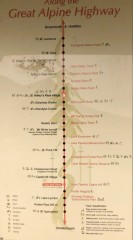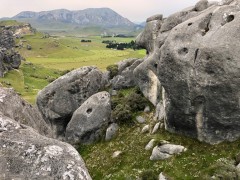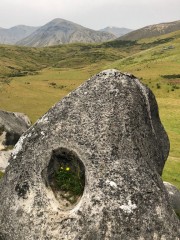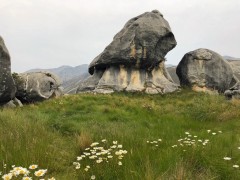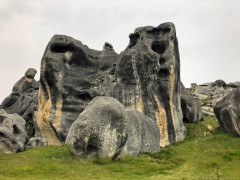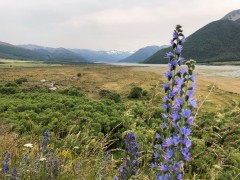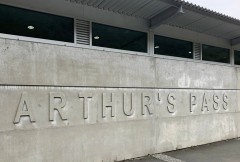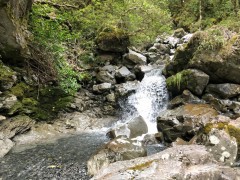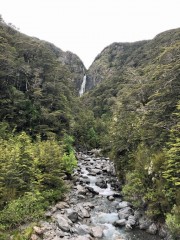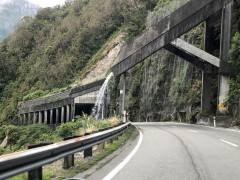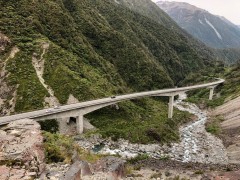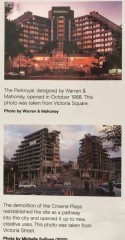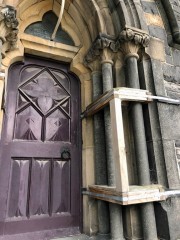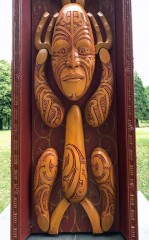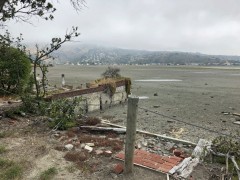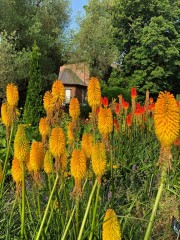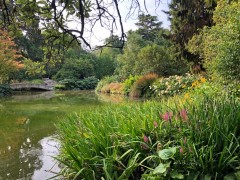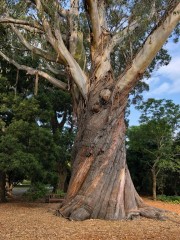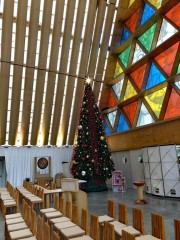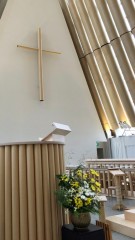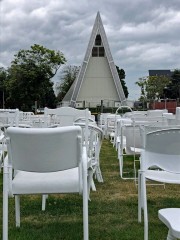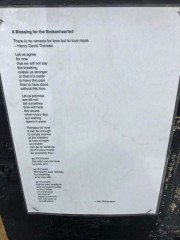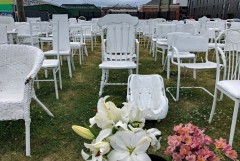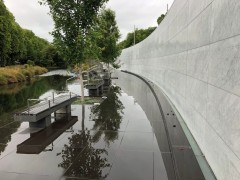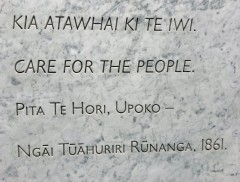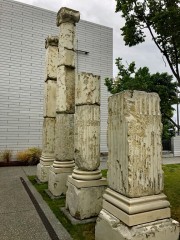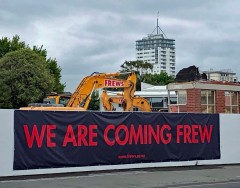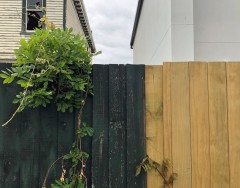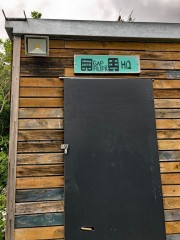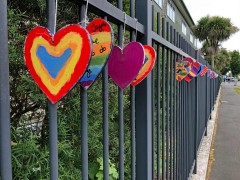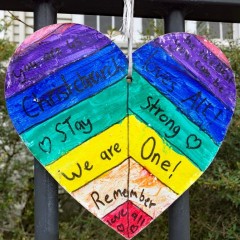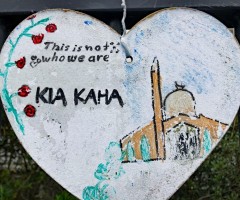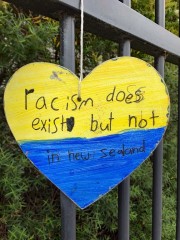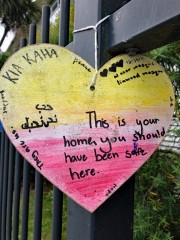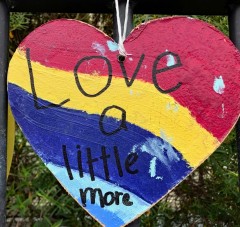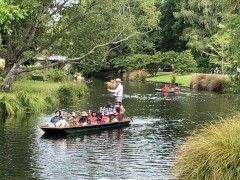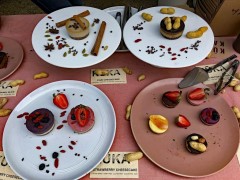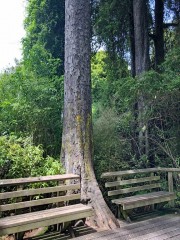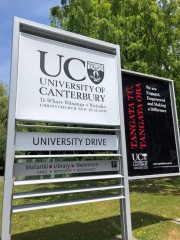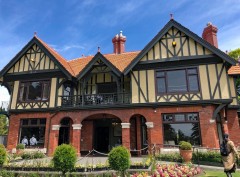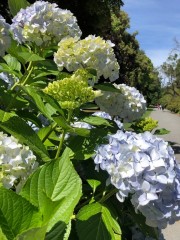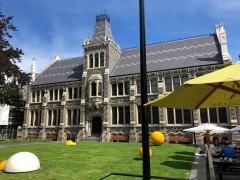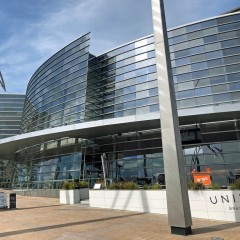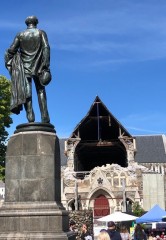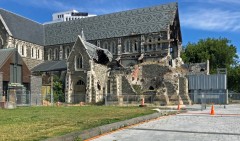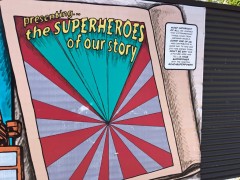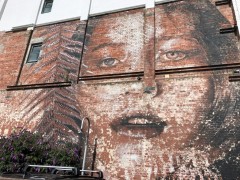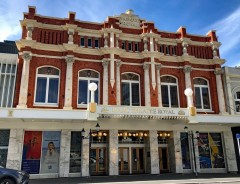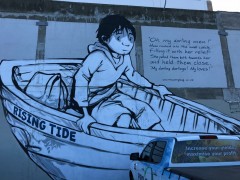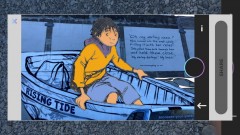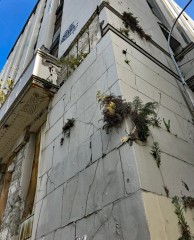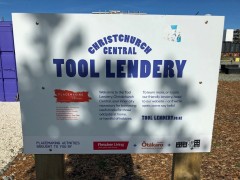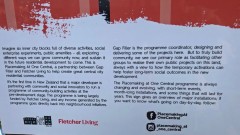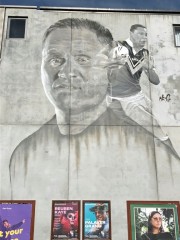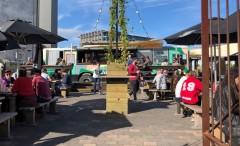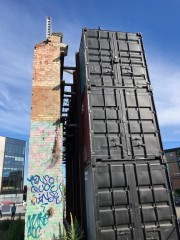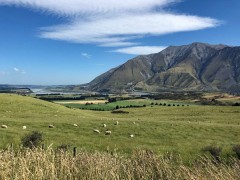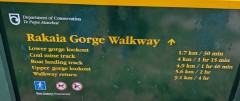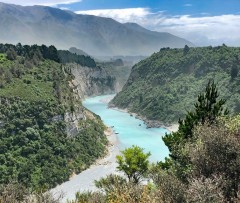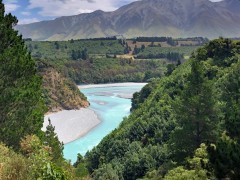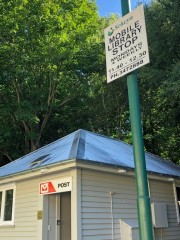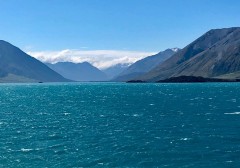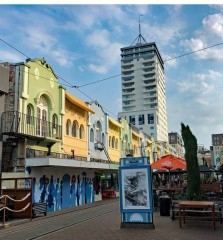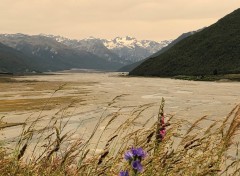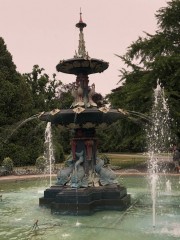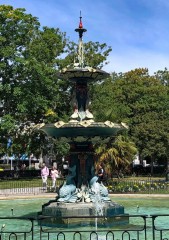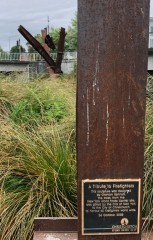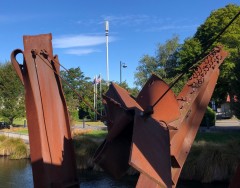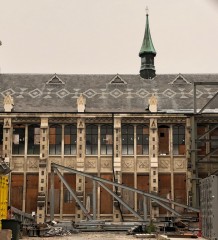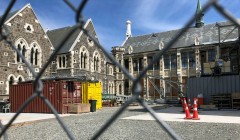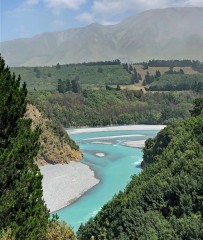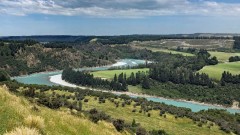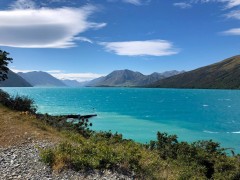Grappling with the twin horrors of natural and man-inflicted tragedy
With around 400,000 people, Christchurch is the largest city on the South Island and the third largest in NZ. The original people (around 1250) were hunters of Moa (giant birds) and then the English arrived in 1840. They were well funded with a charter from the homeland to set up a “Perfect England” and created a grid-patterned city with the large and striking Cathedral at its center. Situated on the east coast with the Canterbury Plains stretching out from the city, agriculture thrived here.

Christchurch has suffered from many disasters over the years since. The country’s worst fire disaster was here in 1947 when 41 people died in a department store fire. But what has shaped the city landscape today is the earthquakes of less than a decade ago and what has shaped its heart is the terrorist attack of 2019.
On 4 September 2010, a magnitude 7.1 earthquake struck Christchurch at a depth of 10 km which caused widespread damage to the city and minor injuries. Six months later on 22 February 2011, a second earthquake measuring magnitude 6.3 struck near Lyttelton at a depth of only 5 km. The intensity and violence of the ground shaking was measured to be among the strongest ever recorded globally in an urban area. 185 people were killed, including people from more than 20 countries. Building and infrastructure damage is estimated at NZ$20–30 billion.

There were continuing aftershocks for some time, with 4,558 above a magnitude 3.0 recorded in the Canterbury region over the next four years, including three additional large ones that caused further damage and minor injuries but no further deaths. I can’t begin to imagine the fear that people here felt each time the ground shook. How could they ever relax?
Then, this past year, in what Prime Minister Jacinda Ardern called “One of New Zealand’s darkest days,” came the shocking terrorist attacks on people worshiping in two mosques. An Australian white supremacist, spouting hatred, racism, and white power, killed 51 people while filming it for his own glory. Knowing that we were coming here and deeply impacted by his references to right wing US politics, we watched from afar with horror at the act and with admiration for the way the country pulled together, supported the affected community, and quickly moved on gun control. This isn’t a perfect country by any means, but there is much to appreciate about their humanity, sense of community and leadership.

Monday – Move day
Our last breakfast on the Rapaki deck enjoying the view with the chorus of chickens, sheep and birds, good mornings from our neighbors as they walked to the foreshore, a visit from Manny and a warm invitation to coffee from Manaia. After breakfast and packing up, we spent a very enjoyable hour chatting with them about their lives, plans, suggestions for travel destinations, etc. What amazingly lovely people whom we hope to meet again if we return this way.
We nixed kayaking due to the cloudy cool day and decided to return to the beautiful Banks Peninsula with the hopes that the sky would clear in the afternoon. We called ahead to the Farm Hostel to ask permission to walk across their land and set out on the Nikau Palm Gully track. It wasn’t listed anywhere as anything special, but we absolutely loved it.

An easy walk along a wide path through hillside pastures, looking out into Akoroa Harbor and eventually to its mouth and south head. The best part was the descent at the end point of the hike into a lush, deep gully of palms, emerging into sunlight for the most spectacular view of a hidden cove complete with black stones, a cave and sparkling deep blue water. We listened to birds and seals and watched a few boats out searching for Hectors Dolphins, before starting the return back with a stop for a gorgeous picnic on a hillside boulder.
After a shopping stop (everything will be closed for NY), we arrived at our next Airbnb which is smack in the middle of the city. The area seemed sketchy and I wasn’t happy about it, but over the next few days we realized that all of ChCh is like this due to the earthquake – brand new modern buildings with a condemned building left to rot since 2011 on one side and a barely habitable building on the other. Here we look out our bedroom window to a guy living in a tent in someone’s backyard. (Had I known this in advance, I probably wouldn’t have chosen to stay in this area, but now I am glad I did. It’s forcing me to confront their reality in a way that a day trip into the city would not have. Another day I caught a glimpse of him doing paperwork on a table while the house occupant was powerwashing the back patio. People are getting by 9 years later – some more fortunate than others.)
Tuesday – NYE Day
We had a slow morning with catching up on laundry, etc. before deciding to head out to Spencer Beach, just north of the city, for Hale to kite and me to try the biking trails out there. On arrival though, I found a lagoon trail to explore and thoroughly enjoyed walking out to the river via the lagoon through dunes and forest and then returning via the beach. On the way back to the city, we wasted a couple of hours continuing the search for Calcium Citrate – who knew it would be so hard to find here?

We walked to the New Year’s Eve party in the park where we were amused (and a little impressed) to watch a teenage band belt out Jimi Hendrix, the Stones, the Who and Led Zeppelin – complete with all the moves on stage.
Later we wandered around the city center, opening our eyes to the sheer destruction this town experienced in 2011 with the multiple earthquakes. We were intrigued by the demolished building that is now a bird nesting colony next to an amazing new playground. We, like most everyone who sees it, are overwhelmed by the half demolished cathedral. Mostly, we are in awe of the spirit of hope and rebirth. We saw it in Lyttleton also with a prime example being the new marina space. The communities have come together to plan new parts of a city rebuilt from the ground up – with thought and intention of how to make it a better place to live.
Wednesday – NY Day
Predicted to be a very hot but fine day and Hale was nursing a shin splint, so we decided driving Arthurs Pass would be perfect. We started with a very flat drive across the Canterbury Plains then the mountains rose up in front of us and quickly we were driving amongst them. Grey ashy mountains, but surprisingly beautiful with so many different colors of mineral. First stop was Castle Hill with its huge and beautiful limestone boulders (a big rock-climbing and bouldering destination) where I spent a couple of hours exploring around the formations and then hiking up to the trig for beautiful views of the area and the surrounding alps while Hale read in the car. (In 2002 the Dalai Lama christened Castle Hill as a spiritual centre of the universe and it has been the backdrop for several fantasy films such as the 2005 movie The Chronicles of Narnia.)

From there, the drive became more and more stunning with peaks, braided rivers and new views around every corner. We made another stop in Arthur’s Pass Village where I hiked to Bridal Veil falls and further on that track through the forest before returning via a quick look at busy Punchbowl Falls (are we in the Gorge with these names?)

Over the pass itself and on to Otiro gorge before returning, again via the crazy road with its creative rock fall and waterfall protection. During our stop to admire the massive (and spine-tingling) viaduct, we had a highlight of seeing two Keas (NZ Alpine Parrot – the only one in the world) flying around with their dark but iridescent colors.

The drive home was possibly even prettier (until we hit the plains) despite the “haze” that made everything almost uniform in color. We later learned this was smoke blowing in from 2000 km away in Australia. It must be just miserable there to be so thick here – to say nothing of the misery of the actual fires and their utter devastation.
I went for a short evening walk along the Avon into the center and tried to wrap my head around the dichotomy of condemned buildings, new buildings and old treasures in the midst of being rebuilt or simply supported to stay upright.
Thursday
The sky was still full of smoke and the smell and taste was still strong. We spent the morning on our laptops as Hale continues to rest his leg and I worked on catching up on journaling.
My afternoon was an eerie one as I got close to another set of natural disastrous outcomes. During the Christchurch earthquakes, not only the city centers were impacted. Vast areas of neighborhoods were destroyed. Not only by the houses, schools, stores, community centers and churches that were shook to pieces by the quakes and aftershocks, but by an effect called liquefaction that resulted in the land being deemed unsuitable for immediate rebuild.

In simplest terms, liquefaction is where during the shaking, the soil particles rearrange (structurally disintegrate) and allow pressurized ground water to rise to the surface through mini volcanoes, causing the surface to tilt and sink. We’ve all seen pictures of this. What I didn’t realize is that the surface of the ground (the layers beneath the top soil) are permanently changed in a way that makes them unstable for building in future.
In June 2011, the New Zealand government completed a study and zoned more than six square kilometres of land “red” due to land damage. In order to help people have certainty about their future and not have to deal with insurance, the decision was made to quickly give homeowners the cash to restart their lives elsewhere. As one newspaper article put it: “Buying out the owners was the right thing to do – proof of the essential goodness in New Zealand’s soul.”

After the 7350 properties were purchased by the crown from the private landholders, the 7000 houses (along with their garages, gardens and clotheslines) were bull-dozed, the land was smoothed by earthmovers, and grass was planted. Only trees and shrubs were saved – leaving outlines of home plots, streets and sidewalks forming ghost neighborhoods. (There are about 50 homes left – people who did not take the purchase offer and chose instead to take the risks of living on altered and unsafe ground.) This area is called the “Residential Red Zone” and there is still discussion about what to do with it. For now, it’s mostly closed off, visited only when mowed by the government.

A section along the Avon River has been opened as a cycling and pedestrian path, which I rode from the city center out to the shore at New Brighton. Passing these empty neighborhoods, with the occasional school zone sign or flowering bush remaining drove the vast impact home to me at last.
It’s not some neat square of land, it’s a vast irregular swath across the eastern suburbs, as I learned personally when after reaching the beach area, I biked along the large estuary where Hale has been kiting. I was on the other side though and suddenly was in another red zone, with partial foundations still left falling into the actual estuary itself – evidence of the shifting nature of the land and sea boundaries here.
Friday
This was a day of grappling with the human toll of the two large scale tragedies Christchurch has faced in this last decade. I visited two memorials to the 186 victims of the Earthquake and the two mosques where terror played out so recently. I’m saddened by the destruction and death wrought by Mother Nature, but filled with abject despair and horror at that caused by human hand and hatred.
I tried to balance the sadness and pessimism with the words of hope and love at the memorials, at the gates of the mosque, along the streets where children and citizens showed their support and unity, and from the kind words and gestures of the man I spoke with at the Linwood Islamic Centre when I visited there to express our solidarity with them, but ended the day feeling somber and much more concerned about the human capacity for hate than the dangers of the natural world.
Saturday
Each morning brings reports of people dying in Australia from the bushfires with weather forecasts of continuing terrible heat and winds. New Zealand is trying to help and sending as many firefighters as they can, but their numbers are small and seem meaningless in the face of the massive scale of these fires.
This day I focused on the regeneration and life of Christchurch and found it everywhere. I walked through the city and parks on the way to Riccarton again, but today rather than seeking a mosque visited by unthinkable violence, I am heading to a lively farmer’s market on the banks of the Avon next to a heritage house. After the market, I wandered through the protected bush there that holds the only remaining trees of the species that used to cover the entire Canterbury Plains before the time of man’s arrival in Aotearoa.

I ventured a little further outside the city to visit the University campus, something I always love to do, but this visit was a bust. There’s no one here due to school holidays and the buildings are reminiscent of cold war communist style. The Avon River runs through the campus, making it a pleasant walk nonetheless and I enjoyed seeing some suburbs that either weren’t impacted by the quakes or have fully recovered.
I met up with Hale outside the Canterbury Museum where he spent most of the afternoon as he continued to rest his leg. Then I took off to visit the Art Center, which is in the original University of Canterbury buildings – now half closed due to the earthquake damage and half open as cafes and galleries. Then to the shining new Art Gallery with its mix of modern and more traditional art exhibits.
I spent a couple of hours wandering around the city center, seeing buildings and areas in all stages of regeneration and admiring the pop up shops, bars and cafes that these people created to bring life back to normal in the aftermath and that are still vibrant today. It’s heartening and inspiring to see new buildings going up that aren’t trying to mimic England, but instead also taking into account the Maori population and the Kiwi experience. I’m filled with admiration for their spirit.

After the earthquakes, Christchurch embraced street art as a way to brighten and enliven the grey ruins and it expanded to cover sides of new buildings or newly exposed walls or barrier boards around new construction. I was intrigued to not only keep spotting these around unexpected corners, but to occasionally use a cool app that augments some of them with virtual reality to bring them to life through my phone lens.
I performed a spectacular wipeout complete with faceplant later while busy walking too fast and looking too high to notice a curb, and shortly thereafter I was home for a quiet evening sharing my stories with Hale.
Sunday
A grey rainy morning and I decided it was high time to get back out into nature. A flat drive through the plains and then we were back into the foothills – slightly further south this time.
Our first stop was the Raika Gorge, a braided river flowing off the Alps full of glacial water and silt – one of the many that over the years created the Canterbury plains. Hale’s leg was feeling better so we did a hike that could be short or long and (you guessed it) we ended up doing the full thing. It was beautiful, walking along the hills above the river with almost constant views of its silty blue color against a backdrop of green hills, grey mountains and snow covered alps in the far distance.

After returning to the car, we decided to pick a spot on the map that looks like it might have good views for a picnic and headed up a quiet and then gravel road to Lake Coleridge. We were absolutely floored by its beauty. It’s a high mountain lake, nearly the size and astonishing color of the famous Lake Tekapo and yet we’ve never heard of it and there are a total of 3 cars here. The northwesterly wind is fierce today so no one is boating, diving or windsurfing, but it’s still perfectly suited for gawking.

Unfortunately we eventually needed to head back to the city and run laundry so we could depart in the morning. I was really wishing I had done more research and booked us a week in this Mackenzie Country area since there are dozens of trails I would love to explore. Next time?
Wrap
We leave Christchurch humbled by what they’ve been through and impressed with their spirit of getting on with things while they rebuild a better place for their community. The city is growing again (after an initial decline immediately following the earthquakes) and pulling together after the terrorist attacks. We’ll be rooting them on from wherever we are in the world as they now hold a special place in our hearts.
Week 11 of our journey
